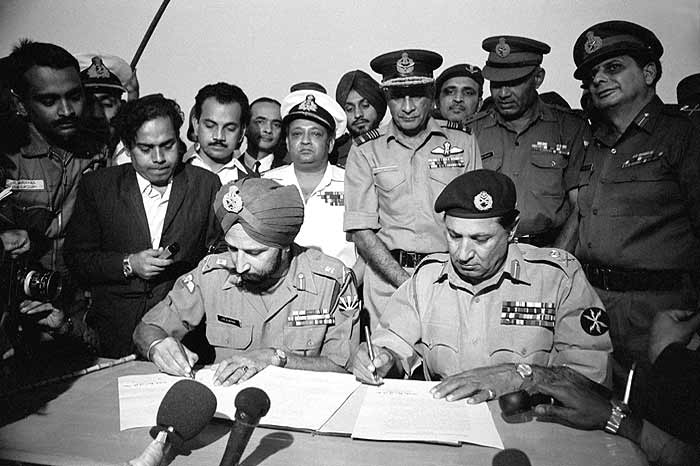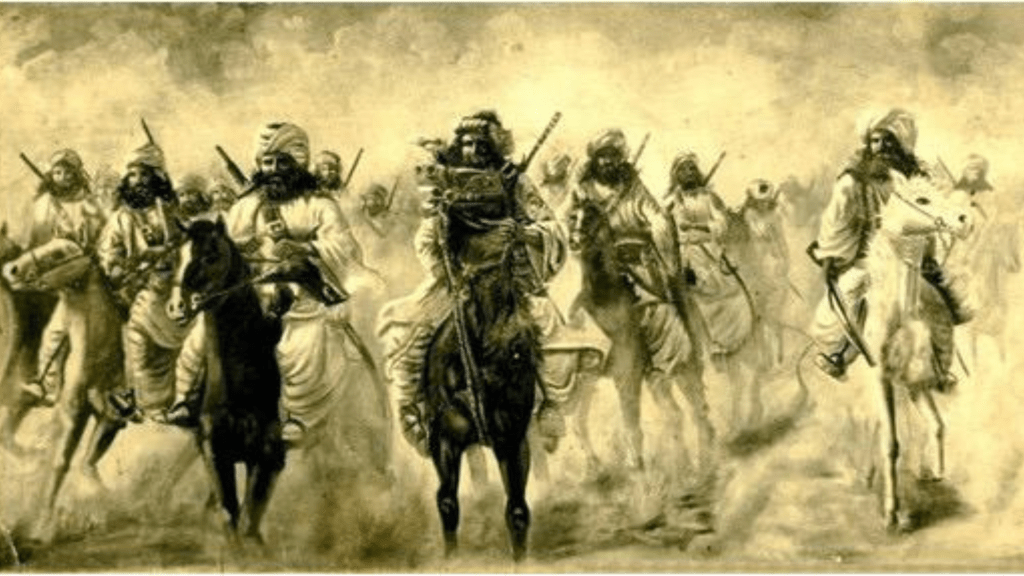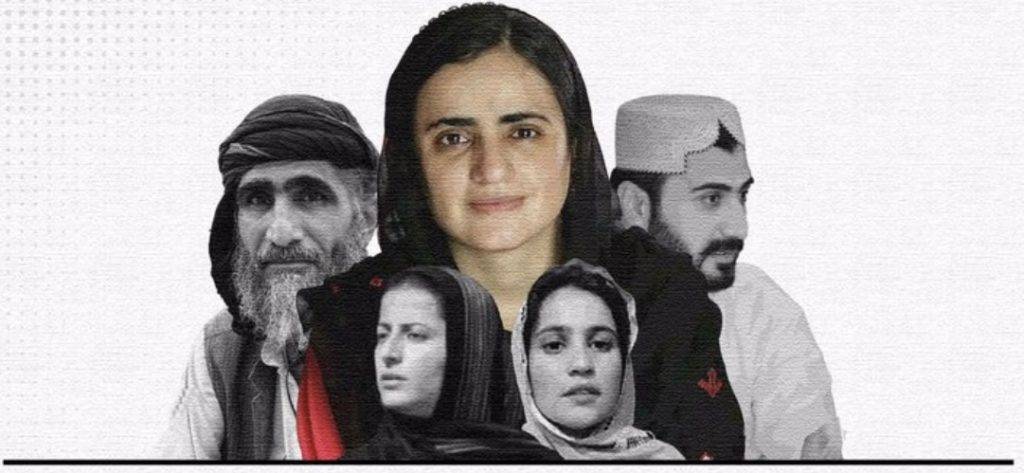Bangladesh comprised of the eastern regions of a divided Bengal. In the schema of dividing India and creating Pakistan on religious grounds, this part of Bengal was incorporated in to Pakistan and, for a while, it was known as East Pakistan. After a bloody civil war, with the help of Indian forces, East Pakistan became an independent country, Bangladesh, in December 1971.
After 47 years since the independence, the way East Bengalis became enthusiastic supporters of the division of India on religious grounds and the events leading to its separation from Pakistan after 23 years are still interesting academic topics. This article is a discussion on the contextual factors leading to the breakup of Pakistan and the tragic events of 1971.
The early history of Bengal can be traced back to the 7th century BC. It is believed that the word Bengal came from the Dravidian tribes who settled in the region around 1000 BC. The ancient region of Bengal had seen various kingdoms and dynasties throughout its long history. In early times of Gupta Empire around 300-600 CE, the inhabitants of Bengal spoke Sanskrit. It is believed that later, around 1000 AD, the Bengali language was evolved, and today it’s the seventh most spoken language with 250 million speakers.
Bengal played an important role in the Indian subcontinent from its early history to the end of British Empire in 1947. According to Mahabharata, the region was first unified by the Nanda Dynasty during 7 BC. The Buddhist Pala Empire ruled the area during 750-1120 which consolidated its power on all over Bengal. They built temples, supported the work of art and created institutions for learning. The Pala dynasty was replaced by the Sena Dynasty which was known as “Kannada kings’’. Unlike their predecessors, the Sena dynasty was Hindu and they worked on Hinduism and Sanskrit literature. The son of Ballala the philosopher king Lakshman Sena expanded his reign over Bihar, Assam, and Odisha during the 12th century. He was one of the greatest kings of his time who was later defeated by Turkic Muslim invaders. (Malley, 1908)
Bengal was ruled by the Ilyas Shahi dynasty during 1342-1487 which was replaced by Ganesha dynasty for a while and then again the Shahi dynasty took control back from 1494 to 1538. Islam arrived later through the invading forces. In the process of converting people into Islam, they built mosques and madrassas.
The region came under the Mughal Empire in 1526. When Mughal Empire began to decline during the 1700s, Bengal became an autonomous region under the Nawabs of Bengal until the Battle of Plassey on 23 June 1757, where the British defeated the forces of Nawab of Bengal and took over the control of the Bengal region. This was the beginning of the British Raj over the Indian subcontinent. (Ahmed, 2004)
The Great British Empire began to crumble after the Second World War and many states emerged from its ruins in Asia and Africa. With the changing dynamics of post-world war polity, the independence of India became inevitable; however, in order to safeguard its geo-strategic interests in the region, it became imperative for the British to create a client state out of India. Using two nation theory[1], India was divided and the religious state of Pakistan was created in 1947. Bengal was divided and and its eastern parts were incorporated into the new state as East Pakistan. The Punjab-dominated western regions were named as West Pakistan. The incorporation of East Bengal into the religious state was a short-lived affair. After a bloody civil war, East Pakistan became Bangladesh in 1971.
After the British administration decided to divide India in the name of Hindu and Muslim beliefs, they selected the Muslim League party for the purpose of demanding the creation of Pakistan. The Muslim League was created in 1906 by the people who had long-term relationship with the colonial administration. A majority of Muslim League leaders were those who have been on the payroll of the East India Company.
During 1930s, Mr. Muhammad Ali Jinnah, a trusted protégé of the colonial administration, was sent from England to preside over the pro-British party. Mr. Jinnah on 17 August 1936, convened a meeting of pro-British Bengali leaders in Kolkata. They were persuaded to join the Muslim League and struggle for a separate Muslim country. This was considered to be a turning point for Bengali leadership as majority of Muslims in Bengal were struggling against the British rule alongside the Congress.
As observed by Ahmmed (2004), with this, the historical Bengali union for centuries for Banga-Mata (mother Bengal) came to an end. The call of a Muslim nationhood and the belief that they would be in the leading position in the proposed new country lured them in. But soon they realized that actual shots would be fired by Punjab only and there would be no space for them in the corridors of power. Punjabis had their own agenda for the running of the religious state. They not only took the charge of political power but also trade, resources, civil and military establishment.
With the realization, they began to oppose the oppressive and centralised policy of the ruling alliance of Pakistani comprised of military establishment and its allied Muhajirs and Mullahs. But still, the Bengali leadership was committed to the concept of two-nation theory. In the beginning they tried for an accommodation with Punjabis and Urdu speaking Muhajirs. Bengalis were not aware of the intention of Punjab and its allies Muhajirs and Mullahs to undermine the role of East Pakistan in the beginning As a goodwill gesture, they surrendered some of their seats in the Constituent Assembly to accommodate Muhajir leaders such as Liaquat Ali Khan, Sardar Nishtar, and Maulana Shabbir Ahmed Usmani (Ahmed 2004)
The game for control between East and West Pakistan began even before Pakistan emerged on the map of the world. The Viceroy Lord Mountbatten mentioned this in his 11 July 1947 report that ‘’ Muslim League High Command themselves take a good deal less interest in East Pakistan than Western Pakistan and I am afraid East Bengal is at the bottom of the priority list.’’ The gap between East and West Pakistan had widened during the government of Governor-General Ghulam Muhammad, Iskander Mirza, Ayub, and Yahya Khan. (Ahmed 2004)
The resistance against the perceived injustices to Bengalis was led by HS Suhrawardy and Fazal ul Haque, while some of the Bengali leaders like Nazim-ud-Din, Mohammad Ali Bogra and Nurul Amin became collaborators and their services were used in the schema of countering Bengali national sentiments in the name of Islamic brotherhood.
With the realization that the military establishment and its allies were determined to run the country from the top with a colonial mentality, Suhrawardy tried to change the political structure of Pakistan by forming a new political party-the Awami Muslim League. It posed a great challenge for the old Muslim League. When Suhrawardy became the Prime Minister, he enjoyed widespread support both from east and west of the country. This was considered to be the beginning of new path or a new way to put Pakistan on the road of a democratic system which could have led both wings into harmony (Choudhury, 1972).
In a democratic system of government usually, the majority group of people would lead in the state legislation and executive and do not fear of losing their culture, language and economic status. Although Pakistan has started its political journey with a parliamentary system aiming to have a federal constitution, both the parliamentary system and the federal constitutional mottoes were not genuine. The constitution was framed to provide masks for the ruling alliance (Choudhury,1972). Bengalis which formed the majority of the population in Pakistan not only were kept out of power but their language and cultural heritage became vulnerable. Urdu, the language of a few thousand immigrants from north India was declared as the national language of the state. It caused strong opposition from Bengalis (Islam, 1978). Several people were killed in Dhaka and other cities in East Pakistan during the language riots of early 1950s. It was the beginning of distrust among Bengalis and the rise of their national sentiments.
When Ayub Khan took over in 1958, it widened the gap further between East and West Pakistan. Sheikh Mujibur Rahman who became the leader of Awami League after the murder of Suhrawardy was implicated in a treason case by the military authorities. This made him a hero among the Bengali youth. He was popularly named as Bangabandhu “friend of Bengal”. The popular uprising under the banner of Awami League and National Awami Party in 1969 forced Ayub Khan to resign and then came the martial law of Yahya who suspended the constitution until the 1970 elections. The Awami league with Sheikh Mujibur Rahman’s “Six Point Agenda” swept the poll in East Pakistan and won 160 of out of a total 300 National Assembly seats in the general elections held in 1970. Mujibur Rahman was refused from forming the new civilian government by the ruling alliance. The refusal of power to the majority party of 1970 general elections was the clear message to East Pakistan that their government was not acceptable. Seeing no role for them in Pakistan, the demand for an independent Bengal came into open (Choudhury, 1972).
To counter the Bengali demands of the convening of the National Assembly, a crackdown was initiated against Awami League and its leaders. Sheikh Mujibur Rahman was arrested on 25th March 1971. Bengalis began a violent agitation against the crackdown. The army began a ruthless military operation and thousands of Bengalis were killed during nine months of confrontation between the army and the Bengali youth organized under the banner of Mukti Bahini (the liberation army). The army massacred politicians, students, teachers, intellectuals and raped thousands of women.
The plan was to kill as many Bengalis as possible. It was considered to be a calculated and systematic genocide plan to bring Bengalis on their knees so that they will never dare to stand again (Rummel,1990). At a conference on 22 February 1971, the military President of Pakistan General Yahya Khan’s statement is recorded saying ‘‘Kill three million of them (Bengalis) and the rest will eat out of our hands’’.
The army operation resulted in 10 million refugees fleeing to India and death of three million Bengalis. The numbers of refugees were rapidly rising at Indian borders and the international community was responding in snail’s pace (Sission, Rose, 1990). This forced the Indian government to intervene as there was no hope left in New Delhi for any peaceful solution of the crisis. The only option taken by Pakistani rulers was the use ruthless military prowess to deal with the popular uprising in the majority province of their country (Siddiq,1978).
While discussing the causes of the secession of Bengalis from Pakistan, it is interesting to observe that the whole federal and constitutional claim of Pakistan was a fraud. From the very beginning, the alliance of military, Mullahs and Muhajirs run the country in a colonial manner. Exclusion from political corridors of power was the basic element of anger of Bengalis. Despite being the majority of the country Bengalis were excluded from the central government. Except for a short period of thirteen months during 1956-57 H.S Suhrawardy became the Prime Minister of Pakistan. But he was forced to resign and banned from the politics by General Ayub Khan. Earlier, Khawaja Nazimuddin suffered the same fate. The ruling alliance not only run the central government but also took key posts of provincial administration of East Pakistan.
The army stationed in East Pakistan was to watch over the administration in order to exclude any chance of genuine representatives of Bengali in the power corridors (Choudhury, 1972). The language issue was the triggering element in the alienation of Bengalis. After gaining full control of the state, Punjabis and their allies in the ruling alliance began a ruthless economic exploitation. Bengalis believed that only their Jute production is earning more than fifty percent of state revenue while the budgetary allocation for East Pakistan is only a fraction of revenue generated from their land. Cultural exploitation was an important factor for widening the gap between Bengalis and the state. The Muhajir intellectuals and writers began to portray a historical and cultural history of the region which negated the existence of thousand years old Bengali cultural traditions. imposition of Urdu as national language and desecration and mutilation of socio-cultural traditions was a major factor which gave impetus for the demand of separation from the state.
The birth of Bengal was painful and bloody. This was the irony of Pakistani politics that the very people who played the biggest role to create Pakistan had to fight yet another catastrophic war with the state they cherished. The way Pakistan was carved out of India, it is not surprising that after 24 years it went into another catastrophic secession between its two wings east and west, consuming three million Bengali lives. After losing its east wing there was a general believe that Pakistani rulers have learned a lesson and will allow the country to include its other nations and political institutions in running the country, but unfortunately, the attitude of Pakistani establishment is unchanged towards Sindhi, Baloch and Pashtun nations. It is 47 years since Bengalis decided to secede from the religious state but it appears that Pakistan’s problem was and still is the ruling alliance has been denying to accept a constitutional and democratic system where representatives of all people are included in decision making for the country. The alliance is still refusing to recognize Pakistan as a country of four nations.
(The writer is a London-based human rights activist)
Bibliography
Ahmed, S. 2004, Bangladesh Past and Present, A.P.H publishing co, New Delhi
Choudhury, G.W (1972) Bangladesh: Why it happened, Vol. 48. No 2, Royal Institute of International Affairs
Islam, R, (1978) In: Language and Civilization Change in South Asia, ed by Maloney, C. E,T,Brill,Leiden The Netherlands
Jayapalan, N (2001) History of India, Vol. I, Atlantic Publishers,
LaPorte, R (1972) Pakistan in 1971: The Disintegration of a Nation, Asian Survey
O’ Malley, L.S.S, ICS, (1908) Bankura Bengal District Gazetteers, Published, Government of West Bengal.
Siddiq, S (1978). Witness to Surrender. Oxford University Press
Sisson,R. Rose Leo E.(1990) War and Secession: Pakistan, India, and the Creation of Bangladesh, University of California Press
[1] Two nation theory was based on the assumption that people believing in different religious faiths can not live in one country, so India should be divided and a country for Muslims in India should be created.



